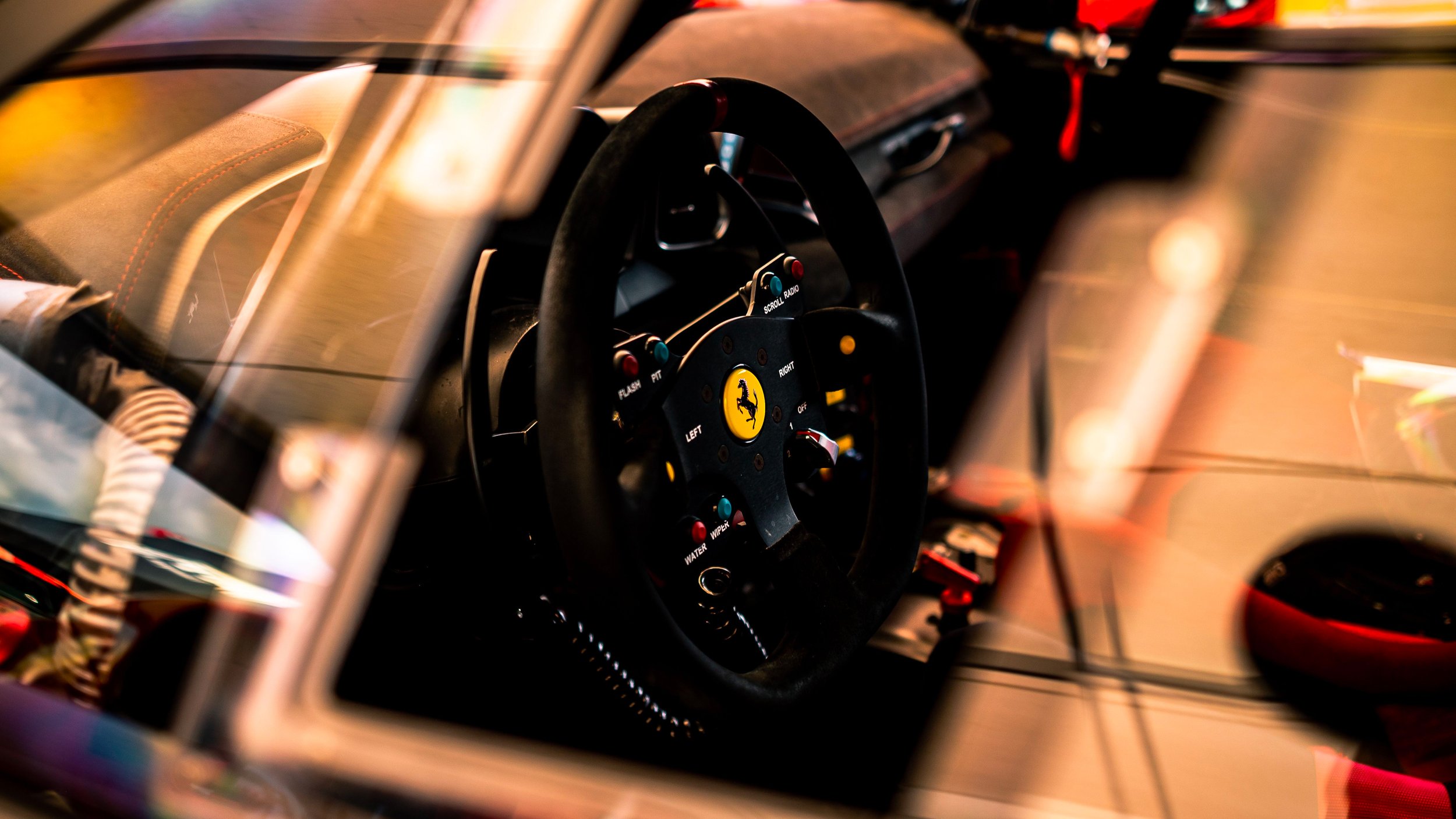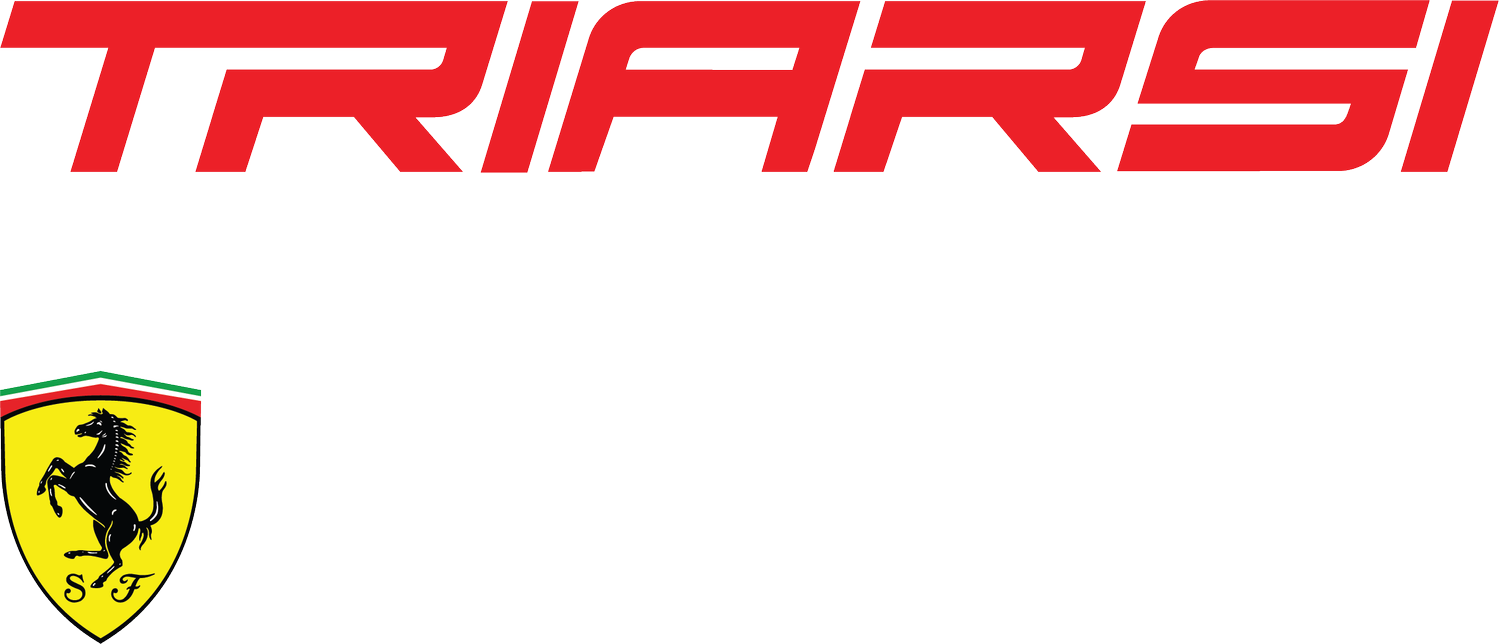

LAGUNA
Laguna Seca is 2.238 mi (3.602 km) long, with a 180 ft (55 m) elevation change.[2][3] Its eleven turns are highlighted by the circuit's signature turn, the downhill-plunging "Corkscrew" at Turns 8 and 8A. A variety of racing, exhibition, and entertainment events are held at the raceway, ranging from superkarts to sports car racing to music festivals. Laguna Seca is classified as an FIA Grade Two circuit.[4]
The name Laguna Seca is Spanish for dry lagoon: the area where the track now lies was once a lake, and the course was built around the dry lake bed. After the course was reconfigured, two artificial ponds were added.

Watikins Glen
Watkins Glen International, nicknamed "The Glen", is an automobile race track located in the town of Dix just southwest of the village of Watkins Glen, New York, at the southern tip of Seneca Lake. It was long known around the world as the home of the Formula One United States Grand Prix, which it hosted for twenty consecutive years (1961–1980), but the site has also been home to road racing of nearly every class, including the World Sportscar Championship, Trans-Am, Can-Am, NASCAR Cup Series, the International Motor Sports Association and the IndyCar Series. The facility is currently owned by NASCAR.

Indianapolis Motor Speedway
Considered relatively flat by American standards, the track is a 2.5-mile-long (4.0 km) rectangular oval with dimensions that have remained essentially unchanged since its construction. It has two 5⁄8-mile-long (1,000 m) straightaways, four geometrically identical 1⁄4-mile (400 m) turns, connected by two 1⁄8-mile (200 m) short straightaways, termed "short chutes", between turns 1 and 2, and between turns 3 and 4.

MIami autodrome
The circuit, designed and delivered by Formula One track designers Apex Circuit Design, was purpose built for the event, with several potential track designs proposed and tested. Stephen M. Ross, owner of the stadium, had been trying to bring about the Miami Grand Prix for several years before being successful. The circuit layout is designed in a way that local residents would not be disrupted by the races. The track is a permanent style circuit with temporary infrastructure, such as barriers and fences, which will be removed when there is no racing. It is also one of the newest racetracks in the United States. The racetrack opened on May 7, 2022; the first session was held a day later, on May 8, 2022.

Daytona internationAl Speedway
Daytona International Speedway is a race track in Daytona Beach, Florida, United States, about 50 mi (80 km) north of Orlando. Since opening in 1959, it has been the home of the Daytona 500, the most prestigious race in NASCAR as well as its season opening event. The venue also hosts the 24 Hours of Daytona, one of three races that make up the Triple Crown of endurance racing.

SONOMA RACEWAY
Sonoma Raceway is a road course and dragstrip located at Sears Point in the southern Sonoma Mountains of Sonoma, California, United States.[1] The road course features 12 turns on a hilly course with 160 feet (49 m) of total elevation change.[2] It is host to one of the seven NASCAR Cup Series races each year that are run on road courses. It has also played host to the IndyCar Series, the NHRA Mello Yello Drag Racing Series, and several other auto races and motorcycle races such as the American Federation of Motorcyclists series. Sonoma Raceway continues to host amateur, or club racing events with some open to the public. The largest such car club is the Sports Car Club of America. The track is 30 miles north of San Francisco and Oakland.

ROAD AMERICA
The Nashville Street Circuit measures 2.17 miles (3.49 km) and includes 11 turns. Running adjacent to Nissan Stadium, the circuit's most notable feature is its 3,578-foot (1,091 m) straightaway across the Korean War Veterans Memorial Bridge, which spans the Cumberland River. The bridge layout makes the track the only one on the IndyCar circuit and one of the few in the world to cross a significant body of water. Top speeds for the IndyCar race were expected to be around 200 miles per hour (320 km/h). The track varies in width from a minimum of 37 feet (11 m) to a maximum of 80 feet (24 m). As at Mid-Ohio Sports Car Course, the Nashville Street Circuit uses a different location for starting the race (between turns 3 and 4) than the finish line. Middle Tennessee State University's School of Concrete and Construction Management created concrete mixes for the track's barriers and pit row. Music City Grand Prix CEO Matt Crews noted that the event organizers planned to "limit traffic interruptions as much as possible". Track designer Tony Cotman intentionally avoided Nashville's major streets so as not to adversely affect tourism. Discussing the design of the circuit, he called the Korean War Veterans Memorial Bridge "one of those landmarks where you see that bridge on TV or in photos and you’re going to know exactly where it is. It’s like seeing the Queen Mary in the background at Long Beach." Cotman also noted that he expects turns 1, 2, and 7 to be the best passing locations on the circuit.
Pundits and drivers, including former Formula One drivers Romain Grosjean and Marcus Ericsson, have compared the Nashville Street Circuit to the Baku City Circuit that hosts the Azerbaijan Grand Prix. The Nashville Street Circuit's downtown section and long straightaways on the Korean War Veterans Memorial Bridge have been compared to the castle section and long straights at Baku.

HOMESTEAD MIAMI
Homestead–Miami Speedway is a motor racing track located in Homestead, Florida. The track, which has several configurations, has promoted several series of racing, including NASCAR, the IndyCar Series, the WeatherTech SportsCar Championship series, and the Championship Cup Series.
From 2002 to 2019, Homestead–Miami Speedway had hosted the final race of the season in all three of NASCAR's series as Ford Championship Weekend: the NASCAR Cup Series, NASCAR Xfinity Series, and the NASCAR Camping World Truck Series. The races currently have the names Dixie Vodka 400, Contender Boats 250, and Baptist Health 200, respectively.









